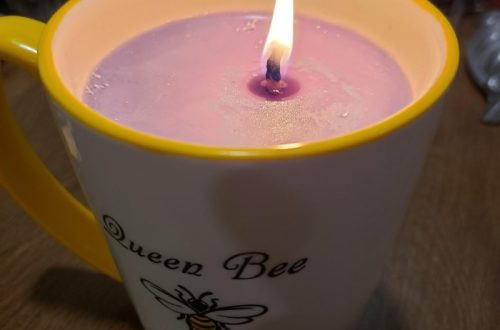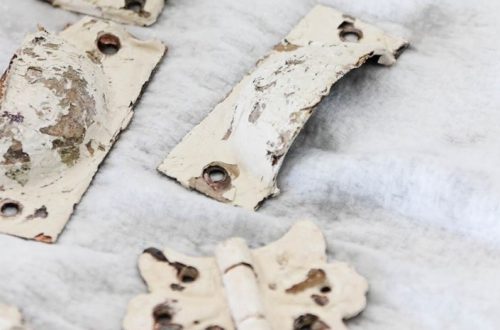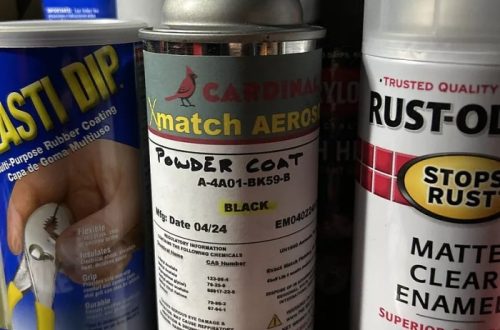Part 1: What Beakers Measure
Beakers are a common laboratory tool used for measuring the volume of liquids. They are essential for conducting experiments and can measure the volume of a wide range of substances, from water to chemical reagents. Beakers are typically made of glass, plastic, or stainless steel and come in various sizes, ranging from small to large.

1. Measuring Liquid Volume:
One of the primary purposes of a beaker is to measure the volume of a liquid accurately. Beakers are marked with volume gradations, often in milliliters or ounces, which are instrumental for scientists to gauge the exact amount of liquid in the container. This precise measurement capability is crucial for conducting experiments, especially those requiring accurate results. Whether it’s in chemical reactions, biological analyses, or any other scientific experiment, the ability to measure liquid volume accurately is essential for ensuring the reliability and reproducibility of the results. By providing a reliable way to measure volume, beakers play a fundamental role in scientific research and experimentation, allowing scientists to work with precision and confidence in their findings.
2. Pouring and Transferring Liquids:
Beakers are also employed for the seamless pouring and transfer of liquids from one container to another. Their practical spout design facilitates the pouring of liquids without spillage, ensuring precision in the transfer process. Additionally, the wide opening of beakers allows for the smooth and easy transfer of substances, which enhances their versatility as a tool for handling various types of liquids in a laboratory setting. The design of beakers provides a level of control and accuracy when transferring liquids, which is essential for ensuring the integrity of experiments and preventing the loss of valuable samples. This feature makes beakers an indispensable tool for scientists and laboratory technicians, enabling them to work efficiently and effectively with a wide range of liquid substances while minimizing the risk of spills and inaccuracies.

Part 2: Understanding Beaker Graduations
Beakers are typically marked with volume gradations that help scientists measure the exact volume of a liquid. Understanding these gradations is essential for accurate measurements and reliable experimental results.
1. Different Types of Gradations:
Beakers come with various types of volume markings, often including measurements in milliliters (mL) and ounces (oz). These volume gradations are typically etched or printed onto the surface of the beaker, ensuring that they are durable and easy to read. The clear and precise markings allow for accurate measurement and dispensing of liquids during experiments, contributing to the reliability of scientific results. In addition to volume markings, some beakers may also feature additional specialized markings, such as temperature gradients. These temperature markings are particularly useful for experiments involving thermal reactions or requiring specific temperature conditions. They provide scientists with a versatile tool for conducting a wide range of experiments. The presence of these varied markings on beakers enhances their functionality in different laboratory settings. It makes them suitable for a diverse array of scientific applications.
2. Reading Gradations:
To accurately measure the volume of a liquid in a beaker, it is important to read the gradations correctly. The volume is determined by the lowest point of the meniscus, which is the curved surface of the liquid. It is crucial to read the volume at eye level to avoid parallax error and ensure accurate measurements.

Part 3: Proper Use and Care of Beakers
For accurate measurements and long-lasting durability, it is essential to use and care for beakers properly. Following best practices for handling and maintaining beakers can help prevent damage and ensure their reliability in laboratory settings.
1. Proper Handling:
When using beakers, it is important to handle them with care to avoid breakage or chipping. Beakers should be held by the base or the neck to prevent spills and accidents. Rough handling or exposure to rapid temperature changes can cause glass beakers to shatter, so it is important to use caution when using them.
2. Cleaning and Storage:
To maintain laboratory hygiene and prevent contamination of substances in future experiments, it is essential to clean beakers after each use. Washing beakers with soap and water is an effective method for removing most residues and contaminants. For more stubborn residues, cleaning the beakers with suitable solvents might be necessary. Thoroughly drying the beakers after cleaning is equally important to avoid the formation of waterborne contaminants and ensure their readiness for future use. Proper storage, in a clean and dry place, is crucial to prevent damage and maintain the cleanliness of the beakers. This cleaning and storage routine not only supports the integrity of the laboratory experiments but also aligns with good laboratory practices and safety measures, promoting a clean and organized laboratory environment for scientific research and experimentation.

Part 4: Common Uses of Beakers in Laboratories
Beakers are a versatile tool with many applications in laboratory settings. Their design and functionality make them suitable for a wide range of uses, from simple mixing and measuring to more complex experimental procedures.
1. Mixing and Storing Solutions:
Beakers are commonly employed for the mixing and storage of solutions in laboratory settings. Their wide opening allows for convenient pouring and the addition of reagents. This makes them ideal for preparing and storing various types of solutions used in experiments. The spacious design of beakers enables scientists to work with ease. It facilitates the addition of precise quantities of liquids and solid reagents. This makes beakers a versatile and essential tool for preparing, mixing, and storing a wide range of solutions, from simple mixtures to more complex chemical compounds. Additionally, the transparent nature of beakers allows for easy visual inspection of the contents. This ensures that the solutions are properly mixed and homogeneous. Overall, the design and functionality of beakers make them instrumental for the efficient and reliable preparation and storage of solutions in laboratory environments.
2. Heating and Boiling:

You can also use beakers for heating and boiling liquids. They often place them on a hot plate or heat them with a Bunsen burner to facilitate reactions or evaporate solvents. The durability of glass beakers allows them to withstand heat and temperature changes, making them suitable for these applications.
In conclusion, beakers are an essential tool in laboratory settings for measuring, transferring, and containing liquids. Understanding their functionality and proper use is crucial for accurate experimental results and the maintenance of laboratory safety standards. By following best practices for handling, cleaning, and using beakers, scientists can effectively utilize them for a wide range of applications in various scientific disciplines.


